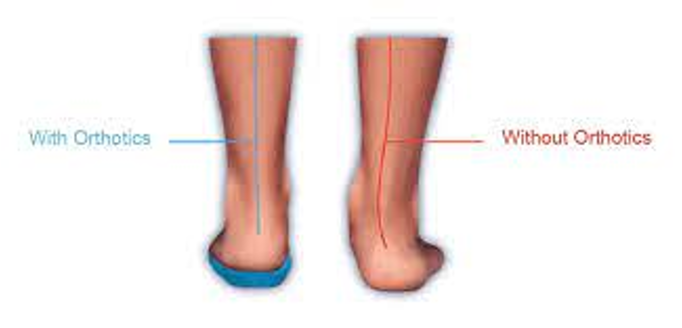What is it?
Podiatry biomechanical services focus on the assessment, diagnosis, and treatment of foot and lower limb conditions related to abnormal biomechanics or gait abnormalities. Here are some key aspects of podiatry biomechanical services:

Treatment of Biomechanical Conditions:
Such as plantar fasciitis, Achilles tendonitis, shin splints, stress fractures, and knee or hip pain.
Biomechanical Assessment:
Podiatrists perform a thorough examination of the lower limbs, including analysing the structure, alignment, and movement patterns of the feet, ankles, knees, and hips. They assess joint range of motion, muscle strength, and flexibility to identify any biomechanical issues.
Gait Analysis:
Podiatrists observe and analyse the patient’s walking or running gait to identify any abnormalities that may contribute to foot and lower limb problems.
Custom Orthotics:
If necessary, podiatrists may prescribe custom orthotic devices (foot orthoses) to address biomechanical abnormalities. These are specially designed insoles that fit inside the shoes to provide support, correct alignment, and redistribute pressure to alleviate pain and improve foot function.

Footwear Assessment and Recommendations:
Podiatrists evaluate the patient’s footwear to ensure proper fit, support, and functionality. They may recommend specific types of shoes or modifications to accommodate individual foot conditions and enhance biomechanical alignment.
Exercise and Rehabilitation
Podiatrists may prescribe specific exercises and stretches to improve muscle strength, flexibility, and balance. These exercises are tailored to the patient’s condition and help correct biomechanical imbalances.
Remember:
It’s important to consult with us to discuss your specific concerns or conditions. we will provide a comprehensive evaluation, accurate diagnosis, and tailored treatment plan to address your foot and ankle needs.
